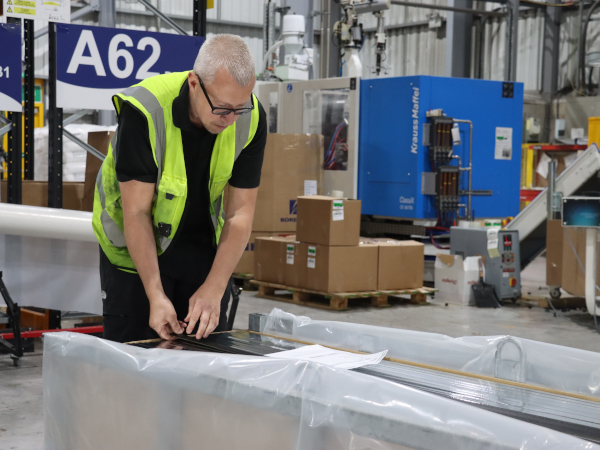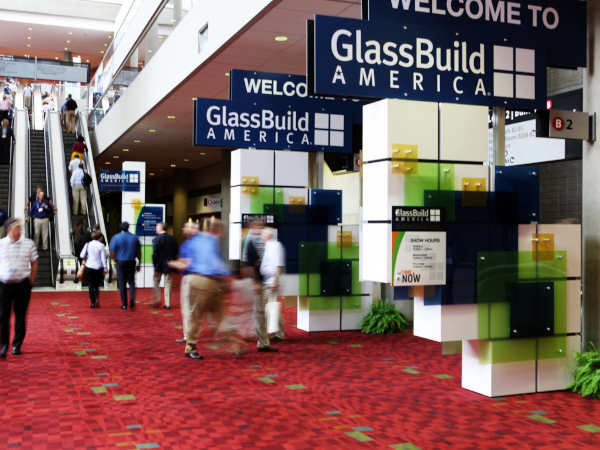Date: 6 April 2012
Common application defects in the primary seal are complete gaps in the PIB, uneven application and in some cases uneven wetting out due to incomplete pressing of the units.
Albeit what seems to be a minor issue, could be a cause for serious failures as an insulating glass unit (IGU) starts to age. A study conducted by Fenzi North America highlights this issue. Theimproper application of PIB and the effect it has on an insulating glass unit using varying sealants was studied. Each unit that was analyzed was given a 1 cm gap in the PIB on one side of the unit to see the affect of a commonly occurring deficiency. The units were then subjected to high humidity testing where the temperatures were controlled at 60°C and relative humidity at 98%.
The table below briefs the results that were found in this study.
The results show that polysulfide is again the best choice as a secondary sealant, with it losing less than eight percent from original over 1680 hours of high humidity and high temperature and silicone losing up to twenty percent from original in that same time span.
There are several factors that contribute to these results such as the physical gas retention properties of silicone and polysulfide which are explained in the table below..jpg)
Click to enlarge
UserFiles/tab2bis(5).jpg
Differences in mechanical properties of the two sealants also contribute to this wide variance in performance.
These properties, in addition to its extraordinary ease of use, make Thiover the world’s best-selling sealant.
FENZI SpA
Zona Ind. – Via Trieste, 13/15 – 20067 Tribiano (Mi)
www.fenzigroup.com














Add new comment